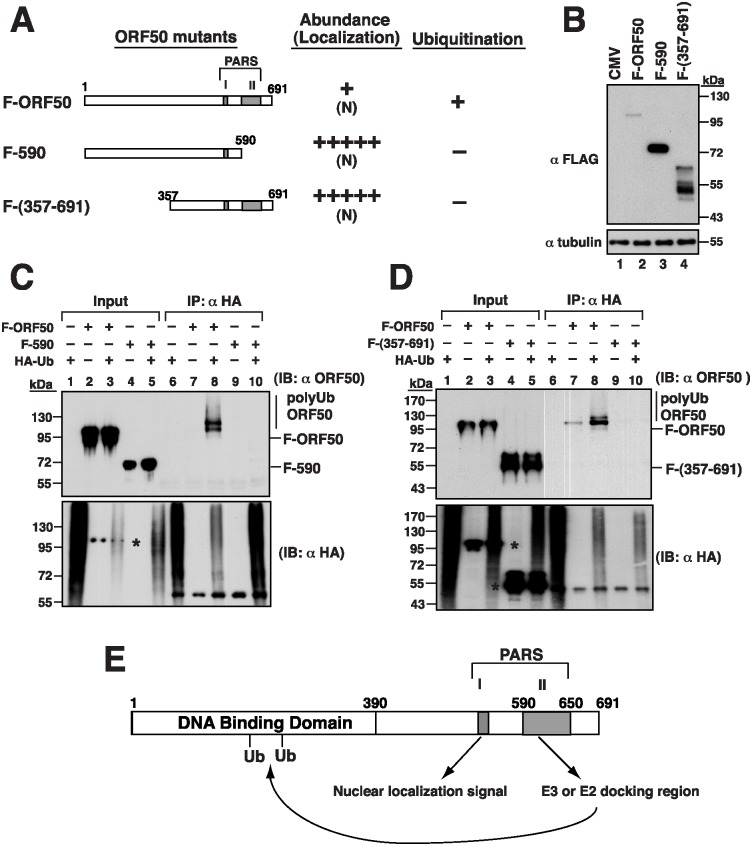Fig 7. Both N-terminal and C-terminal regions in ORF50 are required for ubiquitination.
(A) Deletion constructs of ORF50 and a summary of their intracellular localization, protein abundance and ubiquitination status. (B) Immunoblot analysis of F-ORF50, F-ORF50(1–590) and F-ORF50(357–691) in 293T cells. (C and D) Mutants F-ORF50(1–590) and F-ORF50(357–691) were evaluated for ubiquitination in 293T cells. Cells were transfected with the indicated plasmids. At 16 hr after transfection, cells were treated with MG132 for another 24 hr. Cell lysates were immunoprecipitated and immunoblotted as described in Fig 6B. Asterisks indicate the cross-reaction of ORF50 with the used antibodies (S4 Fig). (E) Proposed model for ORF50 ubiquitination. The PARS-I is responsible for the nuclear translocation of ORF50, and the PARS-II motif is required for the binding of specific ubiquitin enzymes. The ubiquitin acceptor sites are likely to be located in the N-terminal 356-aa region.

